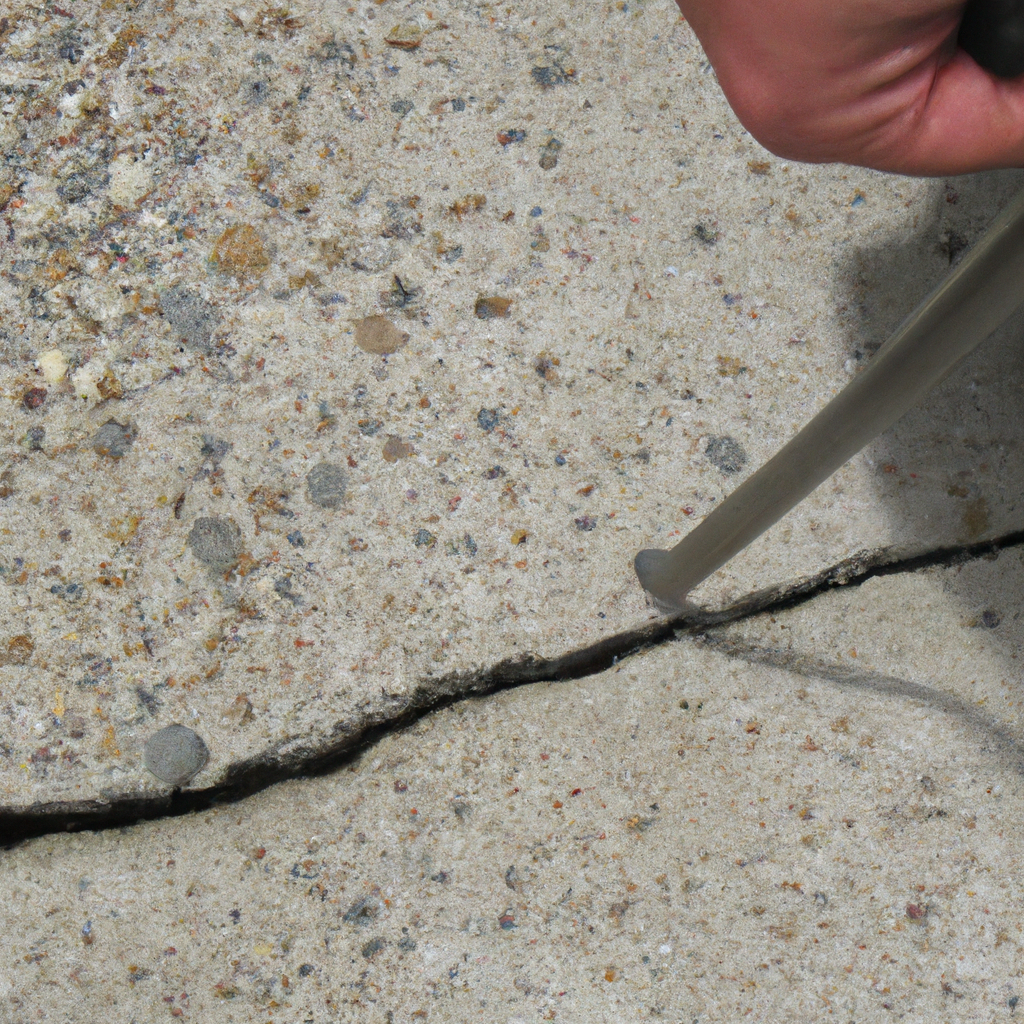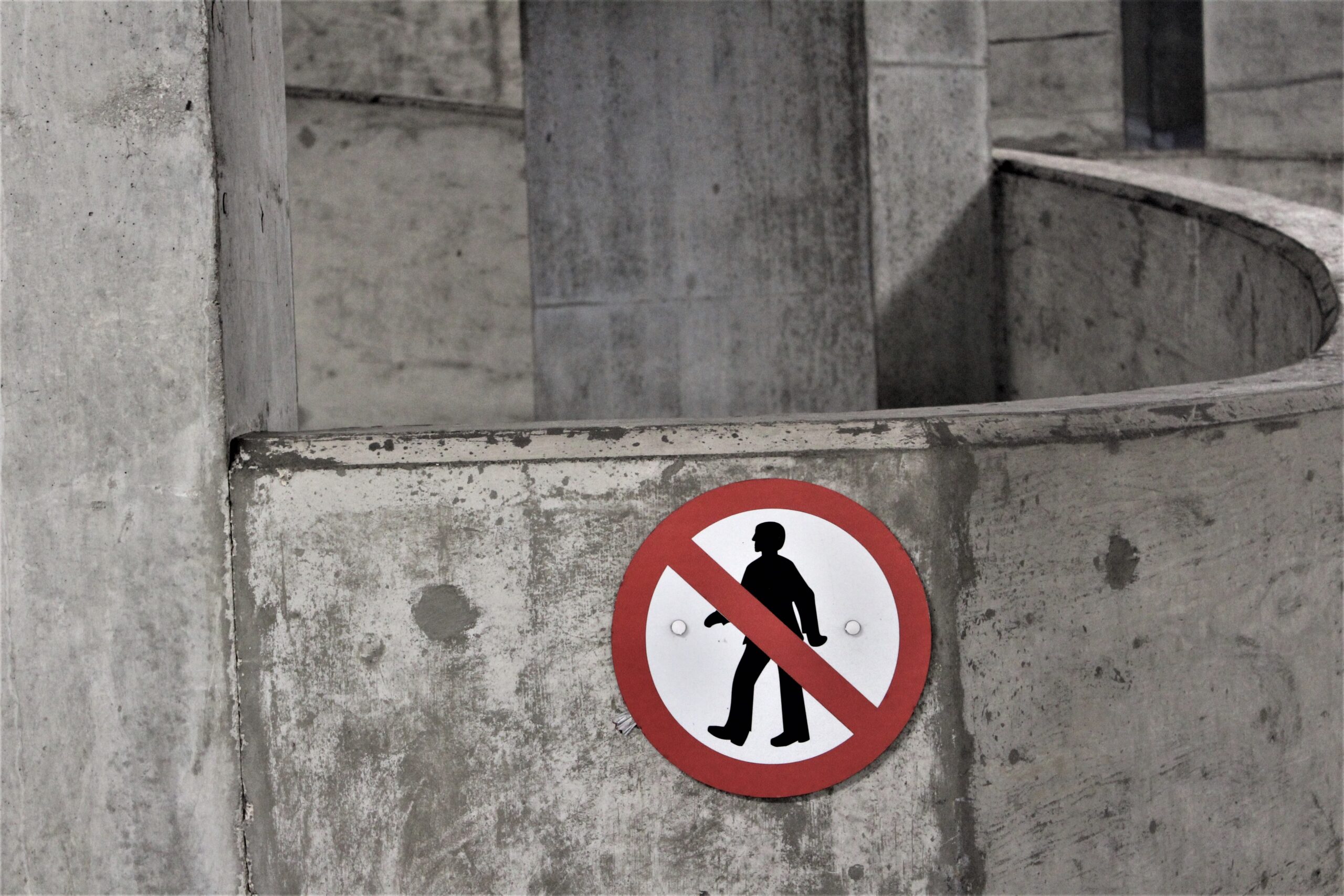
Cracks in a concrete patio can be unsightly and pose safety hazards. But don’t worry, because in this article, you will learn exactly how to repair those cracks and restore your patio to its former glory. Whether you’re a seasoned DIY enthusiast or a newbie, these simple steps will guide you through the process of repairing a cracked concrete patio with ease. So, roll up your sleeves, grab your tools, and let’s get started on transforming your patio into a beautiful, crack-free oasis.
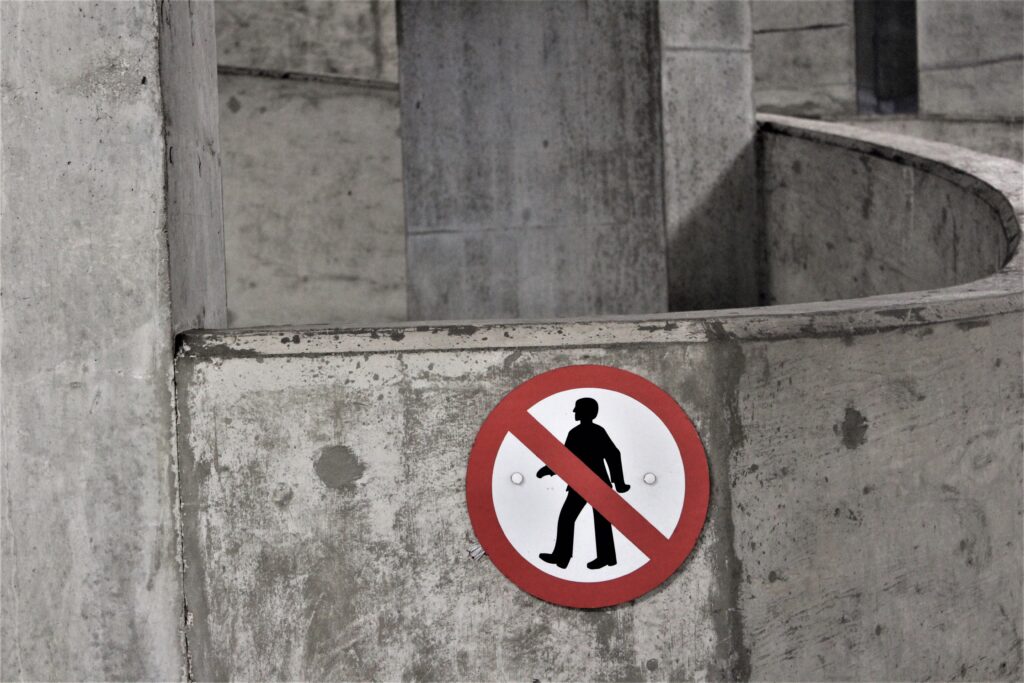
Assess the Damage
When repairing a cracked concrete patio, the first step is to assess the extent of the damage. This involves inspecting the cracks and determining the severity of the damage. Cracks can vary in size, depth, and location, so it’s important to thoroughly inspect the entire patio surface. Look for any visible cracks or breaks in the concrete, and take note of their length and width. A careful inspection will help you identify the underlying cause of the cracks, which is essential for effective repairs.
Gather Necessary Tools and Materials
Before you begin repairing your cracked concrete patio, it’s important to gather all the necessary tools and materials. This will ensure that you have everything you need to complete the job efficiently and effectively. Some of the essential items you’ll need include safety gear such as gloves and safety glasses to protect yourself during the repair process. You’ll also need concrete repair products, cleaning supplies, concrete crack filler, concrete patching compound, a hammer and chisel, a wire brush, a pressure washer, and a concrete sealer.
Prepare the Patio
Once you have all the necessary tools and materials, it’s time to prepare the patio for repair. Start by clearing the area of any furniture, plants, or other objects that may obstruct your work. This will give you a clean and open space to work in. Next, protect any surrounding surfaces that you want to keep clean and undamaged. You can use plastic sheeting or drop cloths to cover nearby walls, windows, or landscaping. Cleaning the cracks is the next step, as it ensures a good bond between the repair materials and the existing concrete. Use a wire brush to remove any debris or loose concrete from the cracks. For a more thorough clean, consider using a pressure washer to remove dirt, grime, and loose particles from the entire patio surface. After cleaning, allow sufficient drying time before proceeding with the repairs.
Fix Small Cracks
Small cracks in your concrete patio can be easily repaired using a concrete crack filler. This specialized product is designed to fill and seal cracks, preventing them from worsening and causing further damage. To apply the crack filler, start by using a utility knife or chisel to widen the crack slightly. This will help the filler adhere better to the concrete. Follow the instructions on the crack filler product and apply it to the crack, smoothing it out with a putty knife or trowel. Make sure to fill the crack completely, and remove any excess filler. Allow the filler to cure according to the manufacturer’s instructions, and then sand the area to create a smooth and even surface.
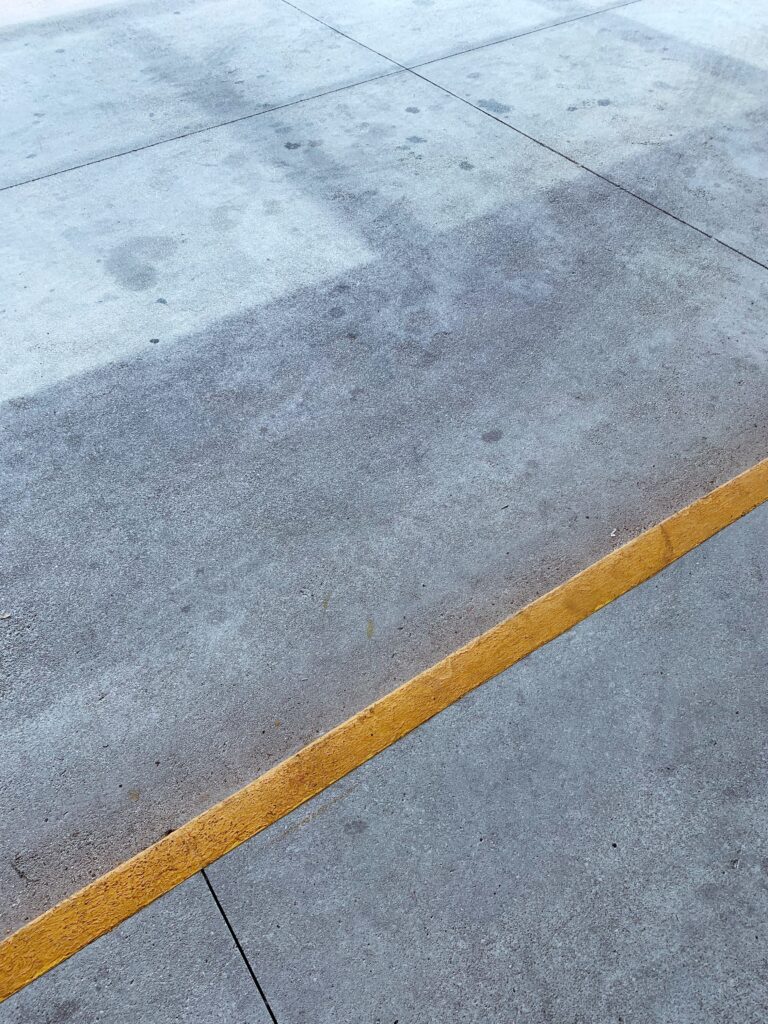
Repair Large Cracks
If you have larger cracks in your concrete patio, a different approach is needed for repair. Start by creating a V-groove along the length of the crack. This involves using a chisel and hammer to remove loose concrete and create a wider and deeper groove. This V-groove provides a better surface for the patching compound to adhere to. After creating the groove, clean the crack and surrounding area to ensure a good bond. Apply a bonding agent to the crack to improve adhesion and then fill the crack with patching compound. Use a putty knife or trowel to smooth the surface of the patching compound, blending it seamlessly with the surrounding concrete. Allow sufficient time for the patching compound to cure and then seal the repaired area with a concrete sealer.
Deal with Uneven Surfaces
Uneven surfaces on your concrete patio can be both unsightly and potentially hazardous. To fix these uneven areas, start by identifying any low spots or high points on the patio surface. This can be done by visually inspecting the patio or using a straight edge to check for inconsistencies. Once you’ve identified these areas, you can level the patio using a concrete leveling compound. Remove any excess concrete from the low spots and fill them in with the leveling compound, following the manufacturer’s instructions. Use a trowel or squeegee to spread the compound evenly and smooth out the surface. Allow the leveling compound to cure according to the instructions, and your patio will have a level and even surface.

Prevent Future Cracking
While repairing your cracked concrete patio is essential, it’s also important to take steps to prevent future cracking. Here are some preventative measures you can take to protect your patio:
Control Water Drainage
Ensure that your patio has proper water drainage to prevent water from pooling and seeping into the concrete. This can be achieved by grading the patio surface or installing drainage channels.
Maintain Proper Soil Compaction
Proper soil compaction around your patio is crucial, as loose or unstable soil can cause the concrete to shift and crack. Regularly inspect the soil and make any necessary adjustments to maintain proper compaction.
Use Expansion Joints
Install expansion joints along the edges and joints of your patio. These joints allow the concrete to expand and contract with temperature changes, reducing the likelihood of cracking.
Avoid Heavy Loads
Avoid placing heavy objects or equipment on your patio, as this can put excessive pressure on the concrete and lead to cracks.
Protect the Surface
Use rugs or mats to protect your patio surface from furniture legs or heavy items that could potentially cause damage.
Consider Professional Help
While many concrete patio repairs can be done as DIY projects, there are times when it’s best to seek professional help. If you’re unsure about the severity of the damage or lack the necessary skills and experience, it’s wise to consult with a concrete contractor. They can assess the damage, provide expert advice, and ensure that the repairs are done correctly and effectively.
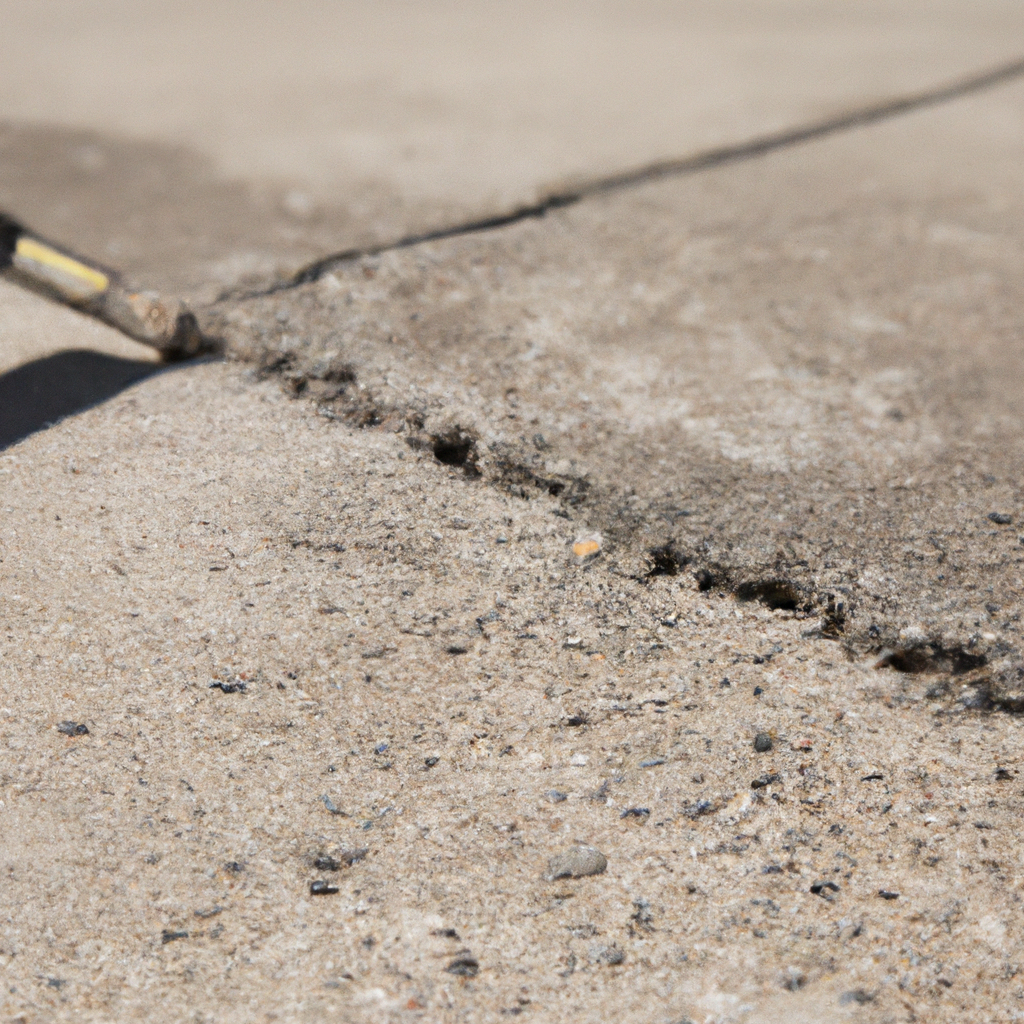
Sealing the Patio
Sealing your concrete patio is an important step in maintaining its durability and longevity. A quality sealer acts as a protective barrier, preventing water, dirt, and stains from penetrating the concrete and causing damage. When selecting a sealer, consider factors such as the type of sealer (acrylic, epoxy, or penetrating), the desired finish (glossy or matte), and the expected durability. Before applying the sealer, make sure the patio surface is clean and dry. Follow the manufacturer’s instructions for application, and allow the sealer to cure properly before using the patio.
Maintaining the Patio
Once you’ve repaired and sealed your concrete patio, regular maintenance is key to preserving its appearance and functionality. Regularly clean the patio surface using a mild detergent and water. This will remove dirt, debris, and stains that may accumulate over time. For stubborn stains, consider using a specialized concrete cleaner or stain remover. Preventing further damage is also important, so avoid dragging heavy furniture or using sharp objects that could scratch or chip the surface. By following these maintenance tips, you can enjoy a beautiful and crack-free patio for years to come.
Repairing a cracked concrete patio may seem like a daunting task, but with the right tools, materials, and guidance, it can be a manageable project. By assessing the damage, gathering the necessary tools, and following the steps outlined in this article, you’ll be able to effectively repair your concrete patio and prevent future cracking. Whether you choose to tackle the repairs yourself or enlist the help of a professional, your patio will soon be restored to its former glory, providing you with a functional and beautiful outdoor living space. So roll up your sleeves, put on your safety gear, and get ready to give your cracked concrete patio the attention it deserves. Happy repairing!
